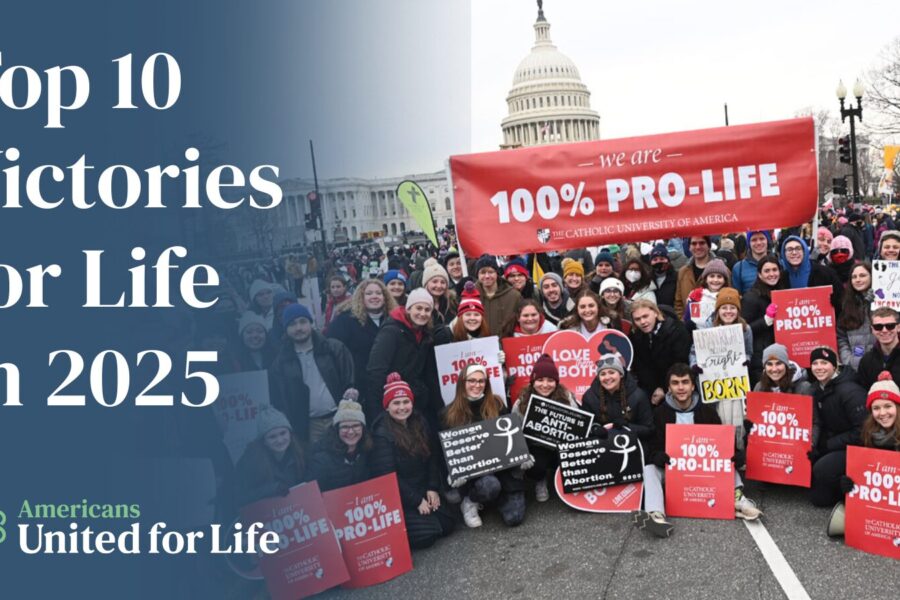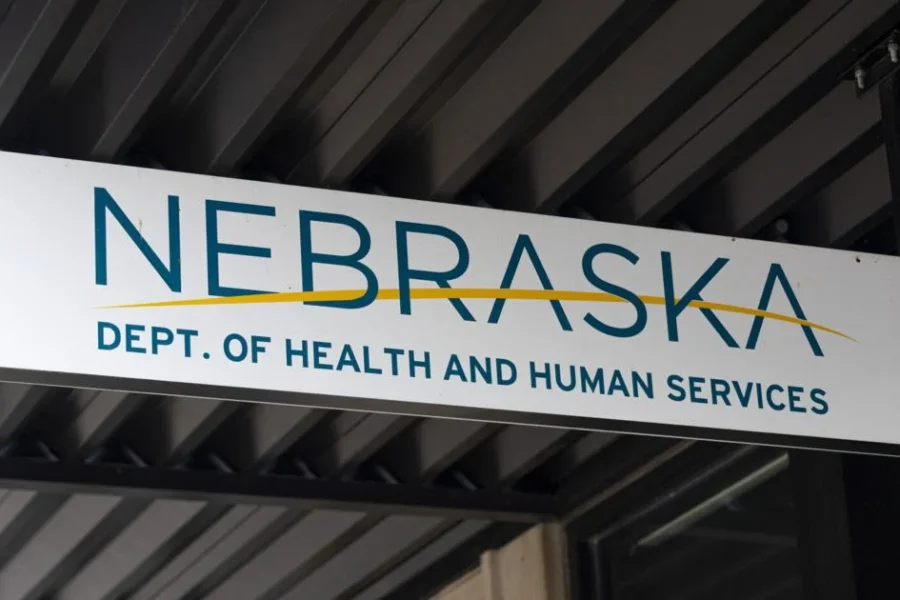If the leaked draft opinion in Dobbs holds, on the soon-coming day when Roe v. Wade is overturned, millions of Americans are likely to ask, “What just happened? How could a nearly-fifty-year-old legal precedent be reversed in an instant?”
The fact is, though, that the downfall of Roe didn’t “just happen”. Many years ago, the late U.S. Supreme Court Justice Antonin Scalia lamented that “the edifice of abortion” the Court had erected “seemingly overnight” would have to be torn down “door jamb by door jamb” and never fully toppled over.1
The Pro-Life Movement took his words as a moral challenge, and won hard-fought battles in the Court over decades that reduced “the edifice of Roe” to the Potemkin façade it is today.
Before, During, and After Roe
The abortion right that was proclaimed “fundamental” in Roe narrowly escaped being overruled nearly twenty years later in Casey, surviving as a mere “liberty interest” subject to the States’ authority to regulate it like any other medical procedure. Along the way, the movement secured victory after victory in the Supreme Court for the lives of women and children, ensuring that States could outlaw unlicensed “back-alley” abortionists,2 insist on the reporting of abortion data that documents just how risky the procedure is,3 keep taxpayer dollars from paying for elective abortions,4 mandate that abortion doctors provide basic informed consent to their patients on what abortion really does to a vulnerable human being in the womb,5 and ban barbaric procedures like partial-birth abortion and killing infants born alive.6 And while Roe was being torn down, the Pro-Life Movement was rebuilding the system of strong legal protections for women and infants the Supreme Court had nullified in one fell swoop.
Policy has led the way, with hundreds of pro-Life bills passed in the last ten years—and according to a USA Today/Arizona Republic research project, “the bulk of” those laws were drafted by Americans United for Life. After Roe, saving every innocent life and protecting all women from predatory abortion businesses has suddenly moved into the realm of the possible. But in order to make the possible actual, we have to “flip the narrative” and tell the real history of abortion in America—how the Pro-Life Movement rebuilt protections for women and infants law by law, case by case—to the point where, today, a woman is only as likely to make that desperate choice as she was in 1972, the year before Roe v. Wade.
So we find ourselves, then, once again “back at the beginning,” with apologies to Inigo Montoya. As it was before Roe, some states, such as Washington, California, Hawaii, Illinois, and New York, will continue regimes of “abortion on demand” and pretend that they’re safeguarding a sacred right. Others will be enabled to finally implement laws that courts have enjoined, in some places for decades, or enact new laws outlawing the practice and providing help and support to mothers facing unexpected pregnancies. After Roe, where abortion advocates seek to enshrine a so-called “right to abortion” in state law or impose it from the benches of state judges, AUL and its partners in the Pro-Life Movement will be there to fight for Life.
What Does a Post-Roe America Look Like?
State Conditional Laws
“Job One” after Roe will be for the attorneys general of the States with “conditional” laws to immediately move to enforce them, which will begin in many jurisdictions with going into court and lifting injunctions against those laws that have been on the books in some cases for decades.
Congressional Protective Actions
On the national scene, consider that after Roe, not only is there no longer any federal constitutional right in elective abortion, there is no federal interest in elective abortion. A slew of statutes passed by Congress since Roe have prohibited taxpayer funding for elective abortion, prevented federal facilities from being used for abortions, and stopped federal taxpayer dollars from promoting abortion at home and abroad. In fact, despite the protestations of the current presidential administration, after Roe the policy of the United States—expressed in its laws and administrative regulations—is to protect Life and discourage abortion. It is a Pro-Life policy. Neither the Constitution nor federal statutes and regulations provide for a policy of protecting, funding or supporting abortion. It is even doubtful that abortionists will be able to bring “civil rights” lawsuits under Section 1983 to challenge abortion restrictions.
Democratic Accountability
And consider the impact Roe’s overturn will have on national electoral policy. After Roe, States will have the constitutional authority to outlaw abortion at any stage of human life, including the youngest and most vulnerable. No longer will lawmakers be able to “duck and cover” on the abortion question, claiming they’re “personally opposed to abortion” but that their “hands are tied” because of Roe. Every federal and State legislator will be directly accountable to the People who elected them for the decisions they make (or not) to protect Life, and that will be a very good thing for the American body politic.
Let me assure you that Roe’s reversal will be no “mic drop” moment. No one is talking about taking a victory lap and walking off into the sunset. I speak for everyone in this Movement when I say that we will keep defending Life until every precious human being is “welcomed in life and protected in law”.
Toward Abolition
I personally doubt that this nation can long endure if half the States allow the killing of innocent human beings and the other half call it “murder”. We cannot accept halfway measures, or a Nation divided against itself over the “right” to destroy its own children. For this reason, Americans United for Life believes it is time once again to take up a constitutional amendment to ensure that all lives are protected, once and for all. Like the overturn of Roe, this may be a multi-generational project, but we cannot and will not stay on the 50-yard-line. Human lives are far too precious to fail to do everything we can to save each one.
Adapted from remarks delivered to The Heritage Foundation’s Legal Strategy Forum on June 2, 2022.
Footnotes
1 Webster v. Reproductive Health Services, 492 U.S. 490, 536-37 (1989) (Scalia, J., concurring in part and concurring in the judgment).
2 Connecticut v. Menillo, 423 U.S. 9, 10-11 (1975) (Per Curiam); Mazurek v. Armstrong, 520 U.S. 968 (1997) (Per Curiam).
3 Planned Parenthood of Central Missouri v. Danforth, 428 U.S. 52 (1976).
4 Beal v. Doe, 432 U.S. 438 (1977), Maher v. Roe, 432 U.S. 464 (1977); Poelker v. Doe, 432 U.S. 519 (1977) (Per Curiam) (Title XIX of the Social Security Act did not require the funding of nontherapeutic abortions as a condition of participation in the Medicaid program, and there was no constitutional prohibition on providing Medicaid or other forms of state and local public funding to pay for childbirth for indigent women but not for abortions); Harris v. McRae, 448 U.S. 297 (1980) and Williams v. Zbaraz, 448 U.S. 358 (1980) (upholding the constitutionality of the Hyde Amendment, which, beginning in 1976, limited the use of funds made available to the states under Medicaid by prohibiting reimbursement for the cost of abortions).
5 Planned Parenthood of Southeastern Pennsylvania v. Casey, 505 U.S. 833 (1992).
6 Gonzales v. Carhart, 550 U.S. 124 (2007); federal Born-Alive Infants Protection Act of 2002, 1 U.S.C. § 8.




